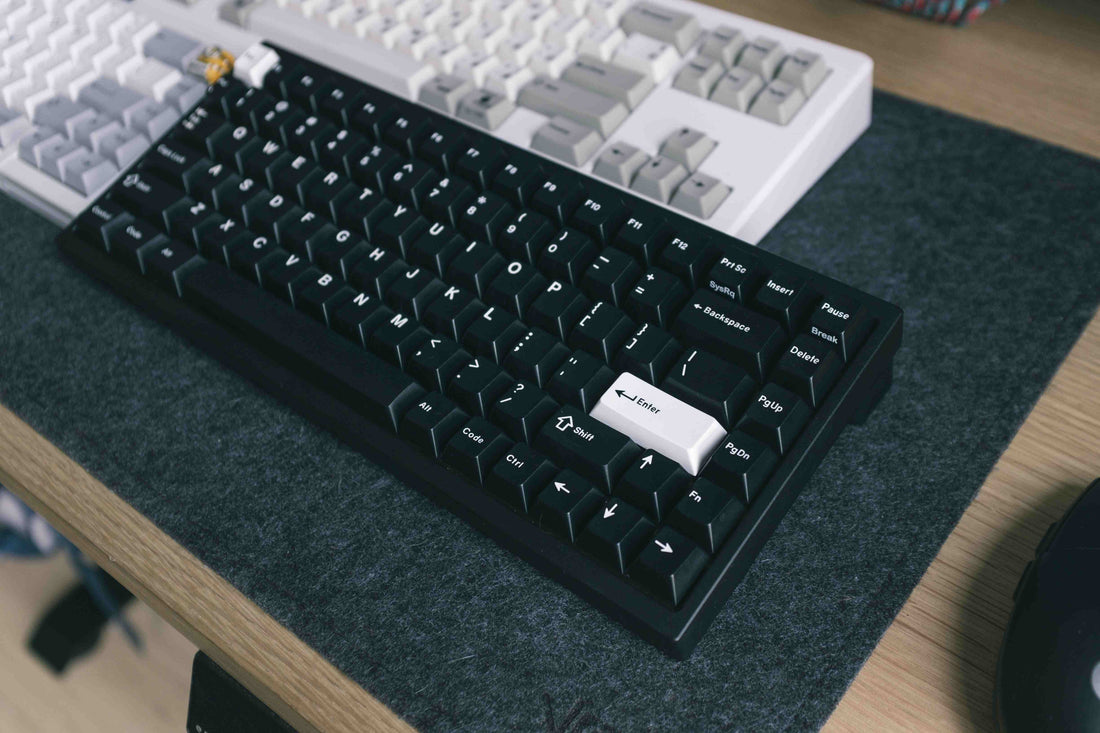Keycap Manufacturing Techniques: A Journey into Personalization and Craftsmanship
In the world of keyboards, keycaps play a vital role, not just in functionality but also in aesthetics. Keycap customization has become a popular trend among keyboard enthusiasts and gamers, enabling them to express their individuality and creativity. This article explores various keycap manufacturing techniques that cater to the diverse preferences of users, delivering both durability and artistic appeal.
Injection Molding:
Injection molding is the most common technique used for mass-producing keycaps. This process involves injecting molten plastic into a mold, which takes the shape of the desired keycap. Once the plastic cools and solidifies, the keycap is ready for use. Injection molding allows for cost-effective production while maintaining consistent quality.
Double-Shot Injection Molding:
For those seeking more intricate designs and color combinations, double-shot injection molding is the way to go. This technique involves injecting two different colored plastics into the mold simultaneously, creating a keycap with distinct colors for the legend and the keycap's body. The result is a durable keycap with characters that won't fade or wear off over time.
Dye-Sublimation:
Dye-sublimation offers a unique way of adding legends (characters or symbols) to keycaps. In this process, ink is printed onto transfer paper, and then heat and pressure are applied to transfer the ink into the keycap's surface, allowing the color to permeate the material. Dye-sublimated keycaps exhibit vibrant and long-lasting legends that won't fade away.
Laser Etching:
Laser etching involves using a laser to engrave characters or designs onto the surface of a keycap. This technique allows for high levels of customization, enabling intricate patterns and personalized graphics. While laser-etched keycaps are visually appealing, they may not be as durable as some other manufacturing methods.
Pad Printing:
Pad printing is a cost-effective technique for adding simple designs and legends to keycaps. An elastic printing plate is used to transfer ink onto the keycap's surface. While pad-printed keycaps are relatively inexpensive, the legends may wear off over time with heavy use.
CNC Engraving:
For more premium keycap materials like metal or wood, CNC engraving offers precision and artistic possibilities. Computer Numerical Control (CNC) machines carve intricate designs onto the keycap's surface, creating unique and durable keycaps for discerning users.
Conclusion:
The world of keycap manufacturing is a realm of creativity and craftsmanship, where various techniques cater to the needs and desires of keyboard enthusiasts. From injection molding for mass-produced keycaps to dye-sublimation for vibrant legends and CNC engraving for premium materials, each method offers its unique charm. Whether you seek durability, personalization, or artistic expression, the ever-evolving keycap manufacturing techniques provide the means to turn your keyboard into a reflection of your individuality. Embrace the possibilities, and let your creativity soar as you delve into the realm of keycap customization.

